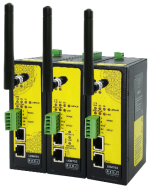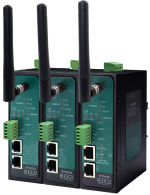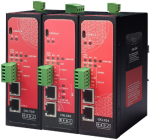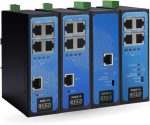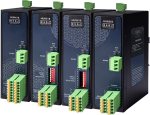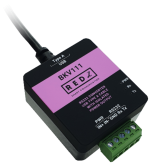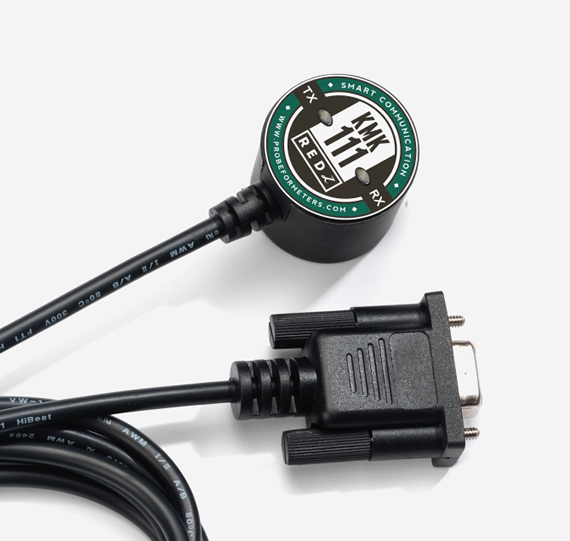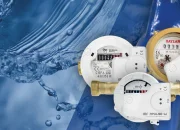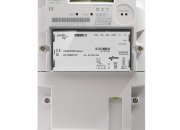1. Introduction to 4-20mA Input
The 4-20mA current loop is a widely used standard for transmitting analog signals in industrial environments. It has been a preferred method for decades due to its simplicity, reliability, and robustness in noisy environments. The 4-20mA current loop is used to convey process variables such as temperature, pressure, and flow from sensors and transmitters to control systems. This standard ensures consistent and accurate signal transmission over long distances, making it essential in various industrial applications.
2. Fundamentals of 4-20mA Input
In a 4-20mA current loop, the signal is represented by a current ranging from 4mA to 20mA, where 4mA typically signifies the lower limit and 20mA the upper limit of the measured parameter. The choice of 4mA as the baseline allows for distinguishing between a zero signal and a wiring fault, as any reading below 4mA indicates a problem in the loop. This method ensures that signal integrity is maintained even in the presence of electrical noise and long cable runs, which can be common in industrial environments.
Reference: https://www.eeweb.com/4-20-ma-current-loop-primer/
3. 4-20mA Communication Process
The communication process in a 4-20mA current loop involves a transmitter converting the physical measurement (such as temperature or pressure) into a corresponding current signal. This current flows through the loop, which typically includes power supply, signal wiring, and receiving devices like controllers or PLCs (Programmable Logic Controllers). The receiving device interprets the current signal and converts it back into a readable measurement value. This simple and effective process ensures accurate data transmission with minimal interference.
4. Implementing 4-20mA Input Systems
Implementing a 4-20mA input system requires several components, including sensors or transmitters, power supplies, and receiving devices. Proper wiring and calibration are crucial to ensure accurate signal transmission. Shielded cables are often used to minimize electromagnetic interference, and care must be taken to avoid ground loops that can distort the signal. Calibration involves setting the transmitter to output 4mA at the low end of the measurement range and 20mA at the high end, ensuring that the entire system is accurately scaled.
5. 4-20mA vs. Other Signal Standards
Compared to other signal transmission standards, such as voltage-based signals (e.g., 0-10V), the 4-20mA current loop offers several advantages. Current signals are less susceptible to voltage drops and electrical noise, ensuring more reliable data transmission over long distances. Additionally, the ability to detect loop integrity through the baseline 4mA signal is a significant advantage over voltage-based systems, where a zero signal could indicate either a true zero measurement or a fault in the system.
6. Advantages and Limitations of 4-20mA Input
The 4-20mA current loop provides several advantages, including simplicity, robustness, and noise immunity. It is widely accepted and supported in industrial applications, ensuring compatibility across different equipment and manufacturers. However, it also has limitations, such as the need for precise calibration and potential issues with current leakage in poorly insulated systems. Despite these challenges, the benefits of 4-20mA input often outweigh the drawbacks, particularly in demanding industrial environments.
“Due to multiple reasons, the 4-20 mA current signals have become the industry standard for automation. This choice became predominant due to some of its benefits:
• Easy installation and configuration
• Simple multimeters can be used for troubleshooting, eliminating the need for specialized equipment
• Easy fault detection using elevated live zero
• Least susceptible to external noise”
Reference: https://control.com/technical-articles/why-is-4-20-ma-current-used-for-industrial-analog-controls/
7. Applications of 4-20mA Input in Industry
The 4-20mA current loop is extensively used in various industries for transmitting analog signals. In process control industries, it is used to convey critical parameters like temperature, pressure, and flow rate from field instruments to control systems. Water treatment facilities use 4-20mA loops to monitor and control water quality parameters. In the energy sector, it helps in monitoring and controlling various aspects of power generation and distribution. Its reliability and accuracy make it suitable for these and many other applications.
8. Future of 4-20mA Input
Despite the advent of digital communication protocols, the 4-20mA current loop remains relevant due to its simplicity and reliability. Future developments may see hybrid systems that combine the robustness of 4-20mA with the advanced capabilities of digital communication. The integration of 4-20mA signals with IoT (Internet of Things) and smart systems is also a promising area, providing enhanced monitoring and control capabilities while maintaining the reliability of the analog signal standard.
9. Conclusion
The 4-20mA input standard has proven its value in industrial signal transmission through its simplicity, reliability, and robustness. Its continued use in various industries underscores its importance in ensuring accurate and consistent data transmission. While new technologies and digital protocols emerge, the 4-20mA current loop remains a cornerstone in industrial automation, demonstrating that sometimes, the simplest solutions are the most effective


